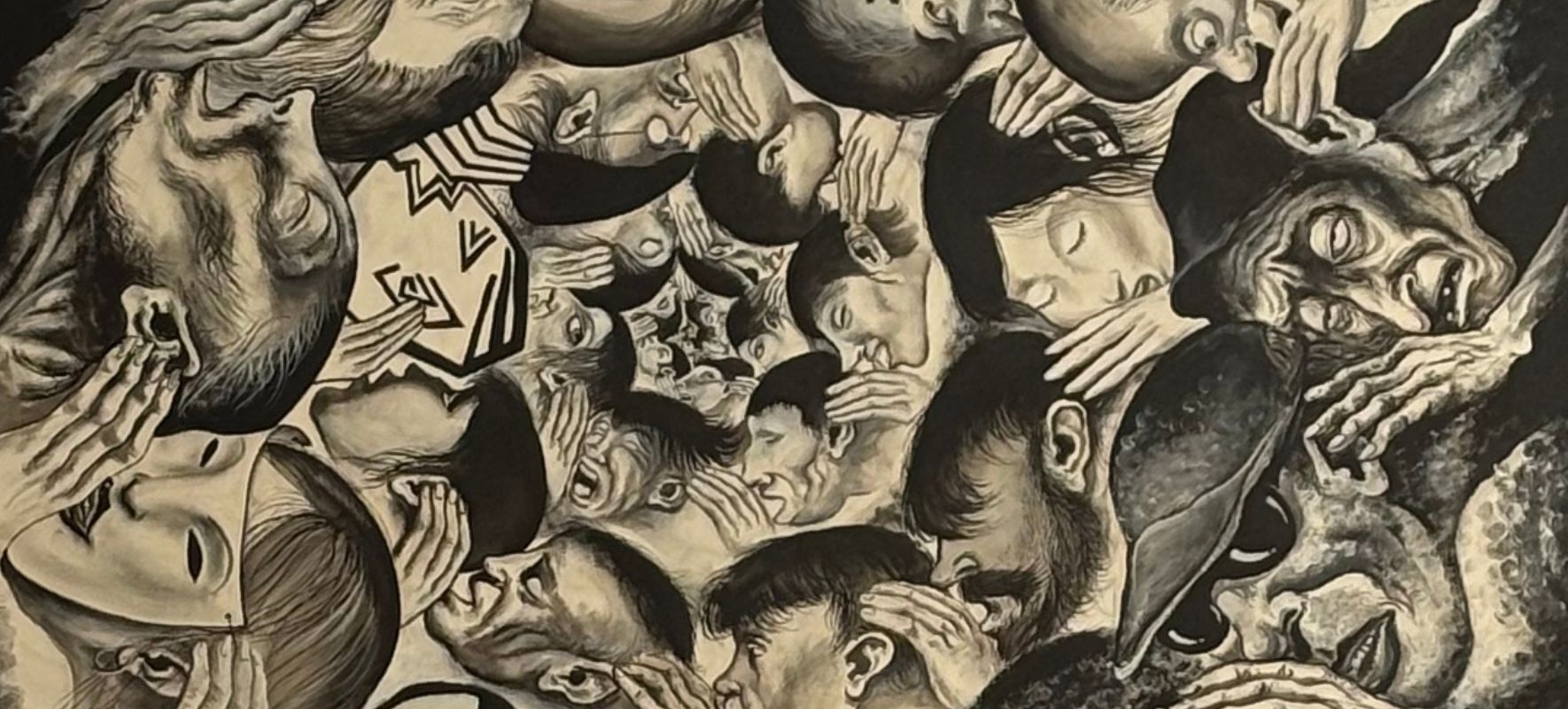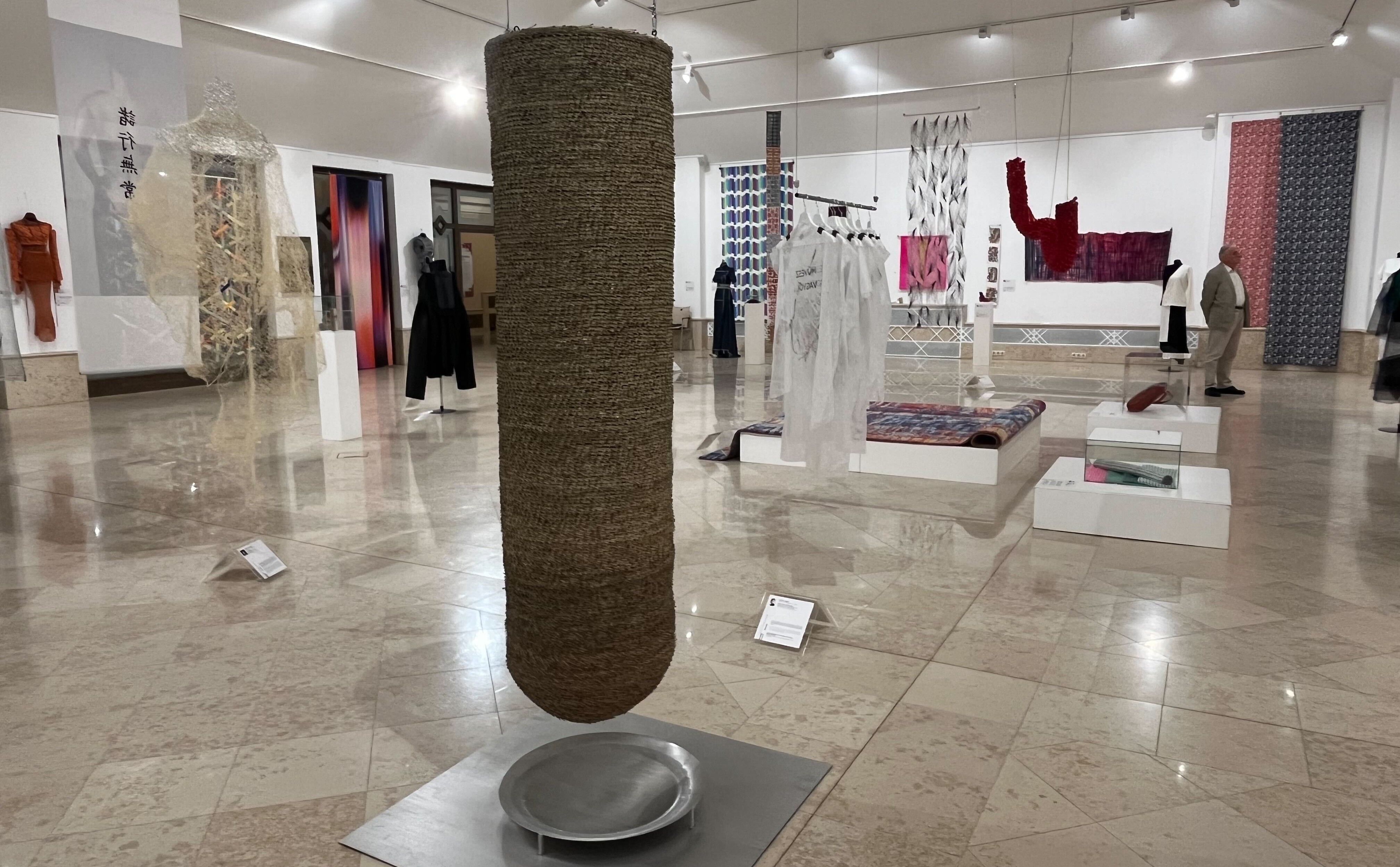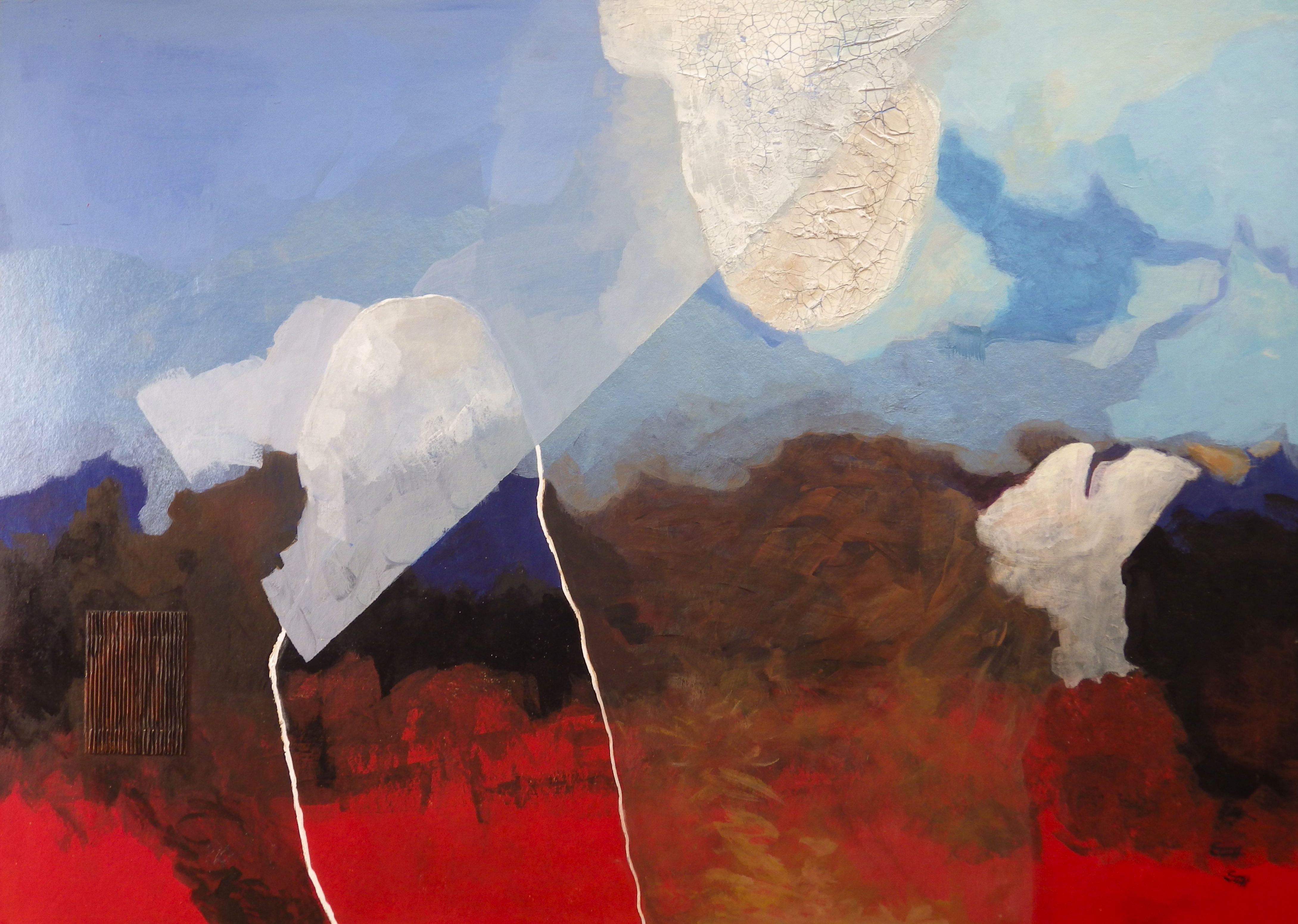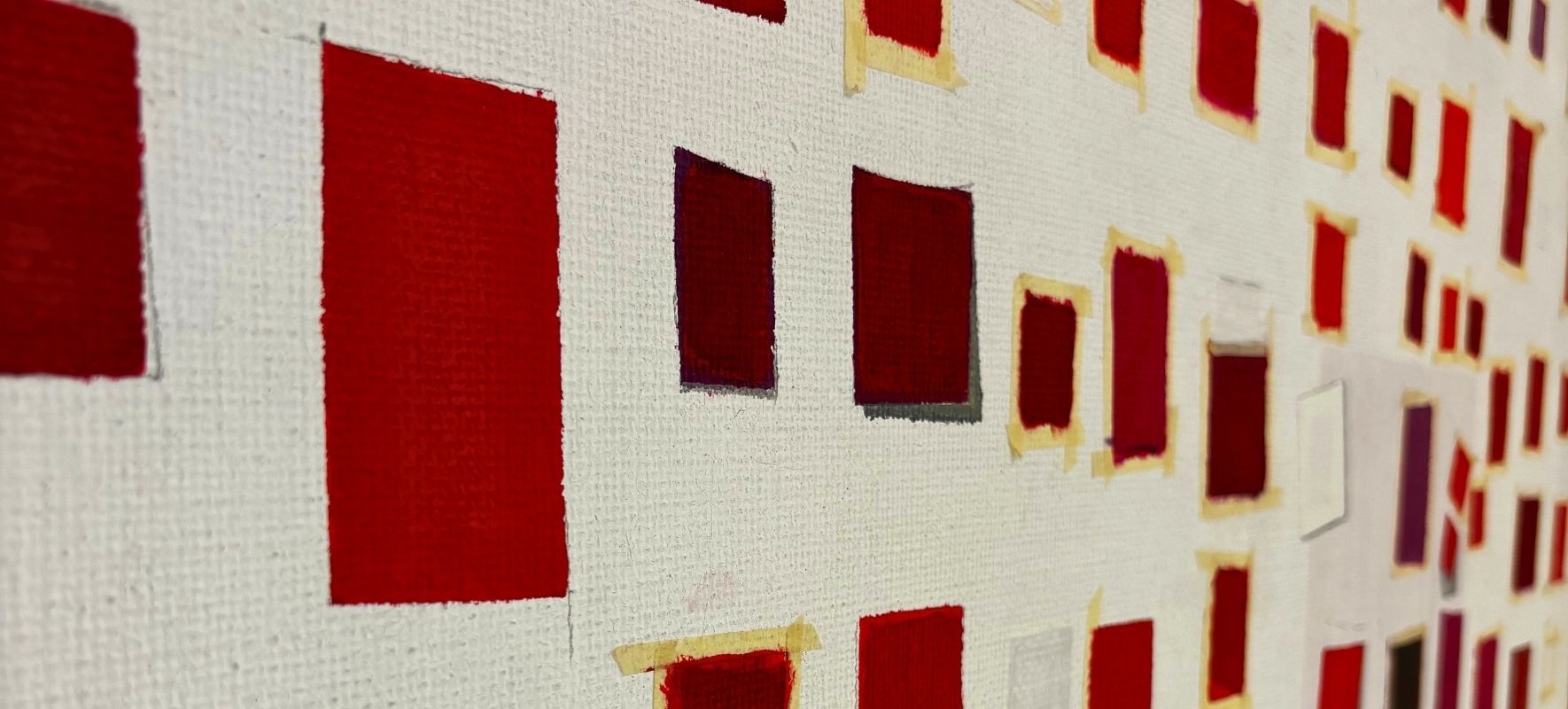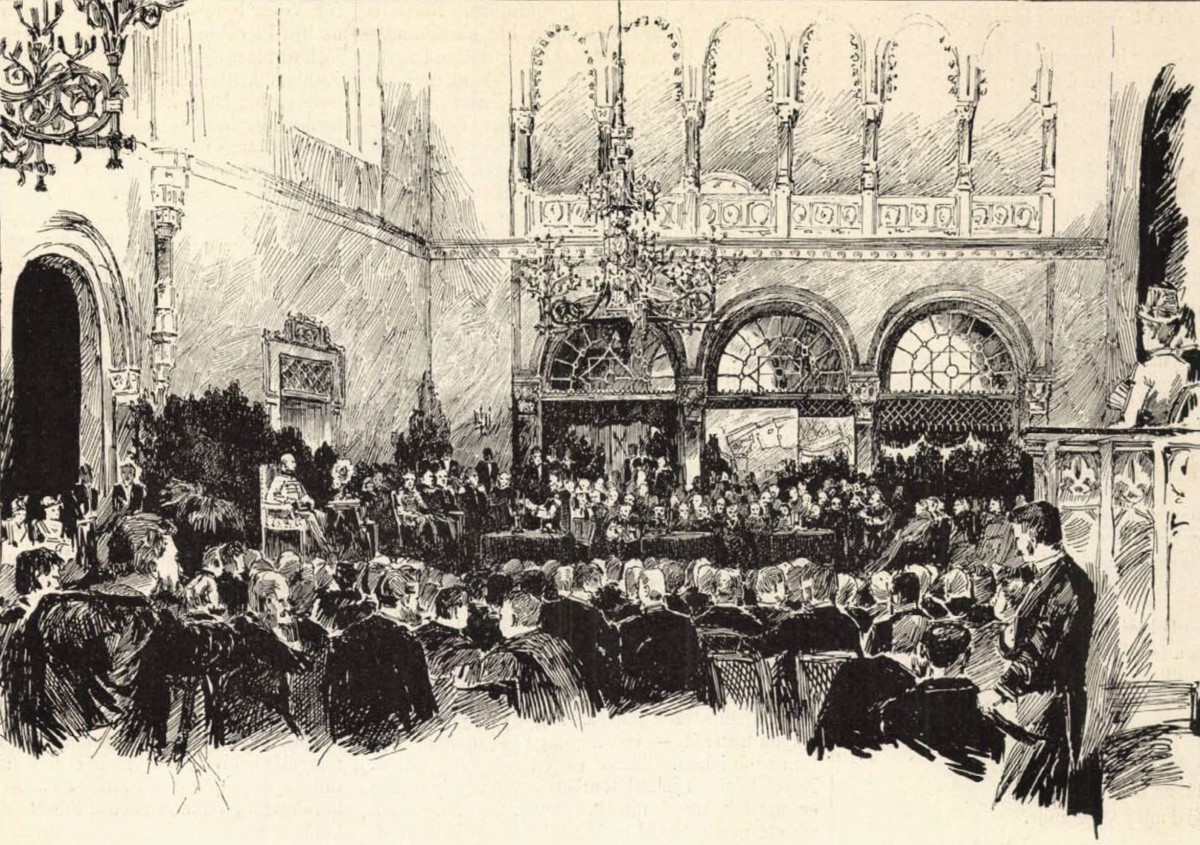
The construction and history of the building of Redoute, which stood in the place of Pesti Vigadó, and Pesti Vigadó's own history were closely connected to Buda Castle situated on the top of Castle Hill located on the Buda side of the Danube.
Let us start Pesti Vigadó's history by recounting that, following the expulsion of the Turks from Buda Castle in 1686, the residents of the town of Pest realised they needed a ball room and a theatre of their own town so that they did have to cross the Danube and visit the German-speaking town of Buda should they want to enjoy some public entertainment. Their goal was realised only much later and was witnessed by their grandchildren and great grandchildren: the building of Redoute, dedicated to hosting contemporary balls, was completed as late as in the 1830s. The destiny of this most outstanding example of Pest-based Classicist style building was sealed by the fact that Redoute housed the first representative parliamentary session in 1848, and so during the siege of Buda Castle in the scope of the Spring Offensive of the Hungarian Revolution of 1848-49, the Austrian defenders of Buda Castle launched a cannon attack against the classicist style row of buildings situated on the Pest side of the Danube embankment, thereby destroying the luxurious palace of Redoute. Then, on the basis of Frigyes Feszl's designs, Pesti Vigadó, a real masterpiece among the architectural relics of Hungarian romanticism was built. In 1886, a large-scale series of events – including an exhibition displaying over 2,000 contemporary objects and etchings, the unveiling of a commemorative plaque in Buda Castle, the publication of studies discussing the recapture of Buda Castle and the staging of a play entitled Petneházy by Hungarian playwright Gergely Csiky – was organised to commemorate the 200th anniversary of the recapture of Buda Castle. Undoubtedly, the highlight of the events was Franz Joseph of Austria's and some foreign delegations' participation at a ceremonial assembly held in Pesti Vigadó.
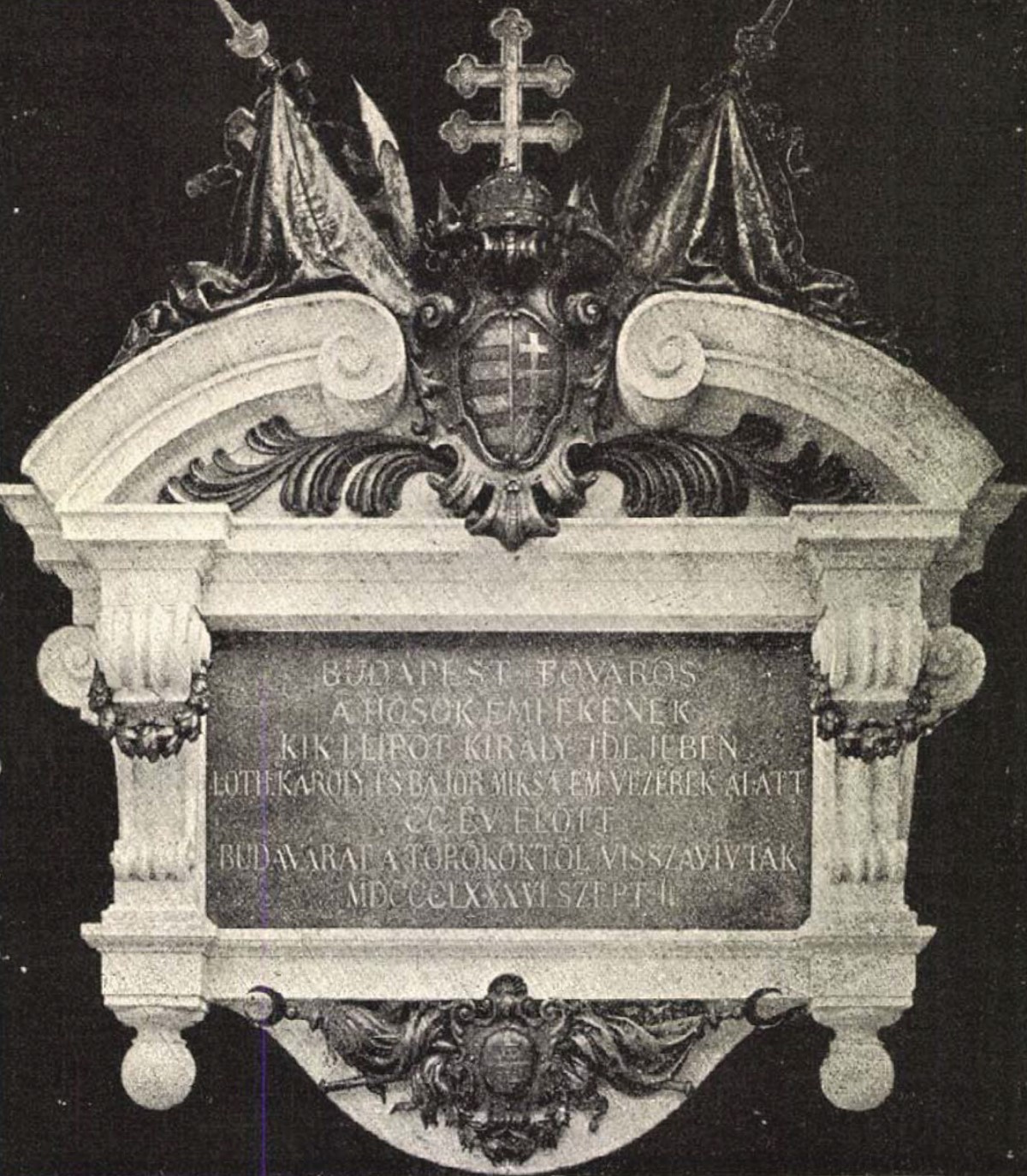
In expectancy of the future spectacle, the streets neighbouring Pesti Vigadó were filled with curious people well before the official start of the events, who were pacified by the mounted police. If the public could recognise a popular figure among those dressed in traditional ceremonial Hungarian attires invited to the event, they greeted them very warmly: Lieutenant General of the Hungarian Army Count Gyula Andrássy dressed in his traditional Hungarian suit was also received by a cheering crowd. Then, in his open carriage, Emperor Franz Joseph of Austria, wearing his general's uniform, arrived at 5 o'clock p.m. and he took his red velvet seat situated in the Main Hall as his throne. The organisers were also attentive enough to invite delegations from those nations that participated in the siege and they also invited the descendants of the attackers: these persons were seated in the front rows and on a separate podium. Seated on the side of Emperor Franz Joseph, the delegation of the German Emperor had a distinguished place, which convincingly illustrated the political attention the two emperors received from each other. Following speeches by Budapest's Mayor Károly Ráth and by President of the Hungarian Society of History Gábor B. Kemény, in his 90-minute-long speech Count Antal Széchen (also spelt: Szécsen) spoke about the significance of the act of recapture. This was followed by a 10-minute interval announced by the Mayor, during which the Emperor took his leave. As a continuation of the programme, the participants were informed of the details of the siege, and the end of the event was marked by another speech by Mayor Ráth. The next day saw the festive Te Deum celebrations and the series of festive events was closed by the unveiling of a commemorative plaque designed by Ferenc Vasadi: all this happened exactly 133 years ago.
This means that this year celebrates the 333rd anniversary of the joint European Christian army's expulsion of the Turks from Buda Castle, which event opened up the opportunity for the residents of the town of Pest to build a ball room to be named Redoute first, to be followed by another building at the same place called Vigadó.

